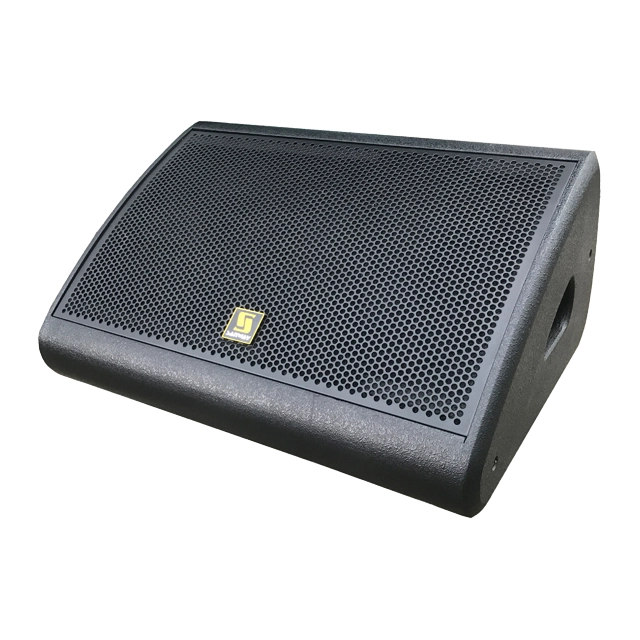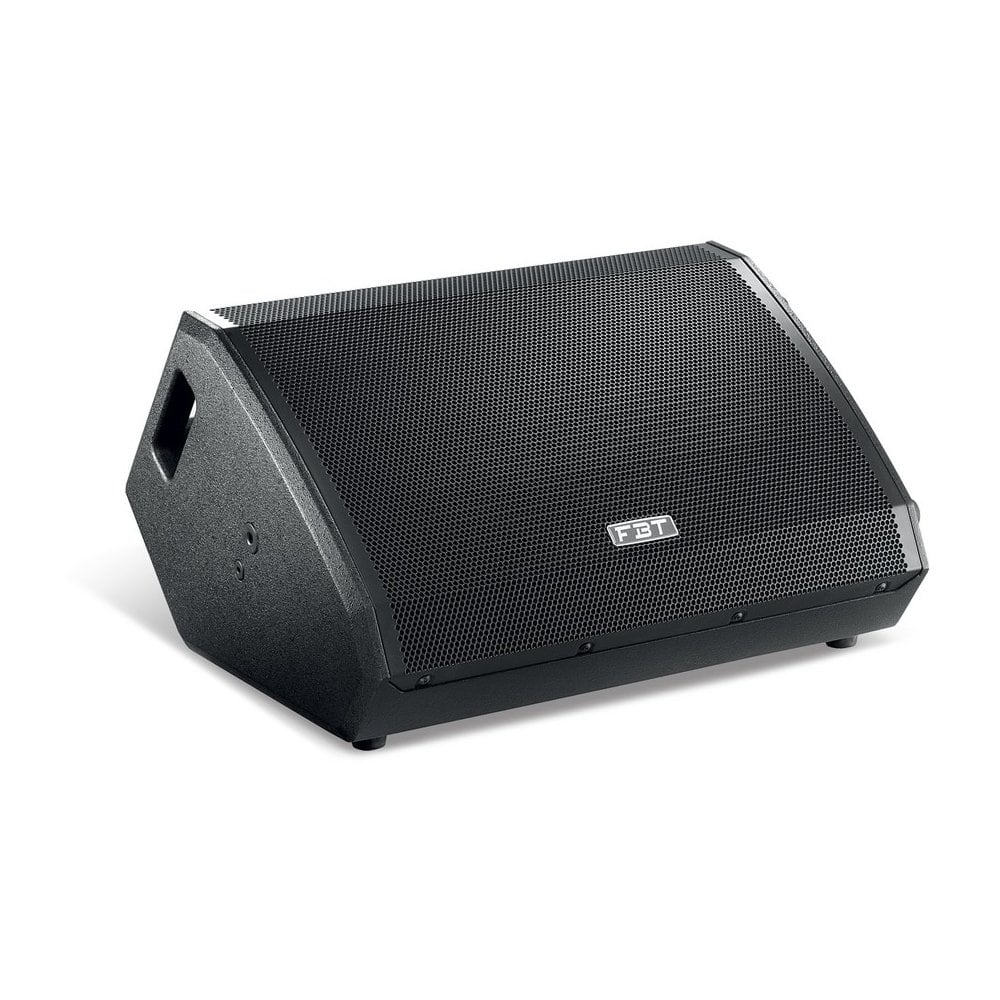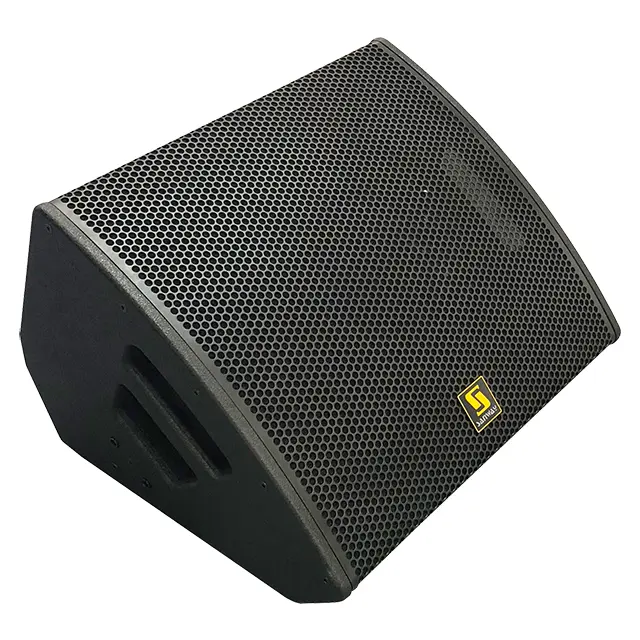Stage monitors play a crucial role in live performances. They allow performers to hear themselves and their fellow musicians clearly. Without good monitors, it’s challenging to deliver a top-notch performance. This article covers the essential features to look for in stage monitors, helping you make an informed decision.
Sound Quality
Clear and Accurate Audio
Sound quality is the most critical feature of a stage monitor. Monitors should provide clear and accurate audio. This ensures that performers hear every note and nuance of their music. Clarity and accuracy help musicians stay in tune and on beat. Look for monitors that offer balanced sound across all frequencies.
High-quality monitors reproduce lows, mids, and highs evenly. This balance is crucial for vocalists and instrumentalists. For example, a singer needs to hear their voice clearly, while a bass player needs to feel the low-end frequencies. Balanced sound helps everyone perform at their best.
Adequate Volume
Volume is another important aspect of sound quality. Monitors should be loud enough to compete with onstage instruments and amplifiers. However, they shouldn’t distort at high volumes. Distortion can make it difficult for performers to hear accurately. Choose monitors that offer high volume without sacrificing clarity.
The ability to deliver high volume helps performers hear themselves over the music. This is essential in loud environments, such as rock concerts. Monitors with high power ratings are usually better at handling loud volumes without distorting.

Durability
Robust Build Quality
Stage monitors need to withstand the rigors of live performance. They should be built from sturdy materials that can endure frequent transport and setups. A robust build helps protect the monitor components from damage. Look for cabinets made from solid wood or high-quality plastic.
Durability ensures that your monitors will last longer. This is especially important for touring musicians who move their equipment often. Reliable monitors reduce the need for frequent repairs or replacements, saving time and money.
Protective Grilles and Housing
Protective grilles and durable housing add to a monitor’s longevity. Grilles protect the speaker cones from damage. Durable housing shields the internal components. Ensure the monitor has sturdy grilles and housings to protect against knocks and drops.
Well-protected monitors are less likely to suffer from accidental damage. This protection is crucial during setup and breakdown, where equipment is more vulnerable. Investing in well-built monitors ensures they remain in good condition for years.
Portability
Compact and Lightweight Design
Portability is essential for stage monitors, especially for musicians who tour. Monitors should be compact and lightweight. This makes them easier to transport and set up. Look for monitors with handles or built-in wheels for added convenience.
Portable monitors simplify the logistics of gigs and rehearsals. They reduce the effort required to move equipment. Portability is also beneficial for smaller venues where space is limited. Compact monitors can fit into tight spaces without compromising sound quality.
Easy Setup and Breakdown
Ease of setup and breakdown is another important feature. Monitors with simple, straightforward connections save time during setup. Look for monitors with clearly labeled inputs and outputs. Detachable cables also make it easier to pack up quickly.
Quick setup and breakdown are crucial for tight schedules. Simplified connections reduce the risk of setup errors. This reliability ensures that sound checks run smoothly and performances start on time.

Versatility
Multiple Input Options
Versatility is key in stage monitors. They should accommodate various input options, such as XLR, TRS, and RCA. Multiple inputs allow you to connect different audio sources. This flexibility is crucial for adapting to various performance needs.
Multiple input options make monitors suitable for different setups. Whether connecting to a mixing board, an instrument, or a microphone, versatile monitors handle it all. This flexibility ensures that monitors can be used in a wide range of scenarios.
Adjustable EQ Settings
Adjustable EQ settings allow you to tailor the sound to your preferences. Monitors with built-in EQ controls let you adjust bass, mids, and treble. This customization ensures the monitor sounds good in different acoustic environments.
Adjustable EQ settings help achieve the best sound quality. They allow you to compensate for room acoustics or personal preferences. This flexibility is particularly useful for fine-tuning the monitor mix during sound checks.
Feedback Resistance
Built-In Feedback Suppression
Feedback can be a significant issue with stage monitors. Monitors with built-in feedback suppression help minimize this problem. Look for monitors with advanced feedback control features. These features detect and reduce feedback frequencies, ensuring clear sound.
Built-in feedback suppression enhances the overall sound quality. It allows performers to use higher volumes without worrying about feedback. This is particularly useful in loud environments or with sensitive microphones.
Directional Sound Projection
Monitors with directional sound projection help reduce feedback. These monitors focus sound toward the performer and away from microphones. This design minimizes the chances of feedback loops. Look for monitors with a directional or coaxial design.
Directional sound projection enhances monitoring accuracy. It ensures that sound goes where it’s needed most. This focused projection helps performers hear clearly without causing feedback issues.

Integration with Other Equipment
Compatibility with Amplifiers
Monitors should be compatible with various amplifiers. This ensures that you can integrate them into your existing setup. Look for monitors with flexible impedance ratings and multiple input options. Compatibility with different amps adds versatility to your equipment.
Compatible monitors are easier to integrate into different sound systems. This flexibility is beneficial for touring musicians or different gig locations. It ensures that you can achieve the best sound quality regardless of the setup.
Networking Capabilities
Monitors with networking capabilities offer advanced control options. Some monitors can be connected to a digital network, allowing remote control via software. This feature is useful for larger setups, where multiple monitors need to be managed.
Networking capabilities simplify monitor control. They allow for quick adjustments and fine-tuning from a central location. This convenience is particularly useful for sound engineers working with complex setups.
Value for Money
Cost-Effectiveness
Value for money is an important consideration. Look for monitors that offer a good balance of price and features. Cost-effective monitors provide high-quality sound without breaking the bank. Research various brands and models to find the best deals.
Cost-effective monitors help you stay within budget. They offer the features you need without unnecessary extras. Investing in good-quality, affordable monitors ensures you get the best value for your money.
Warranty and Support
Finally, consider the warranty and support options. Monitors with a good warranty offer peace of mind. Look for manufacturers that provide reliable customer support. This ensures that any issues can be resolved quickly and effectively.
A good warranty protects your investment. It covers potential defects or issues, ensuring you get a long-lasting product. Excellent customer support enhances the overall experience, providing help when you need it.
Conclusion
Your Perfect Stage Monitor
Choosing the right stage monitor involves several factors. Sound quality, durability, and portability are critical. Versatility, feedback resistance, and integration capabilities add to their value. Finally, always consider cost-effectiveness and support. By focusing on these essential features, you can find the perfect stage monitors for your needs.
Enhance Your Performance
Investing in high-quality stage monitors enhances your performance. Clear and accurate sound allows you to perform at your best. Durable and portable monitors ensure they withstand the demands of live shows. Versatile and reliable equipment makes setup and breakdown easier. Choose the right stage monitors and take your performances to the next level.